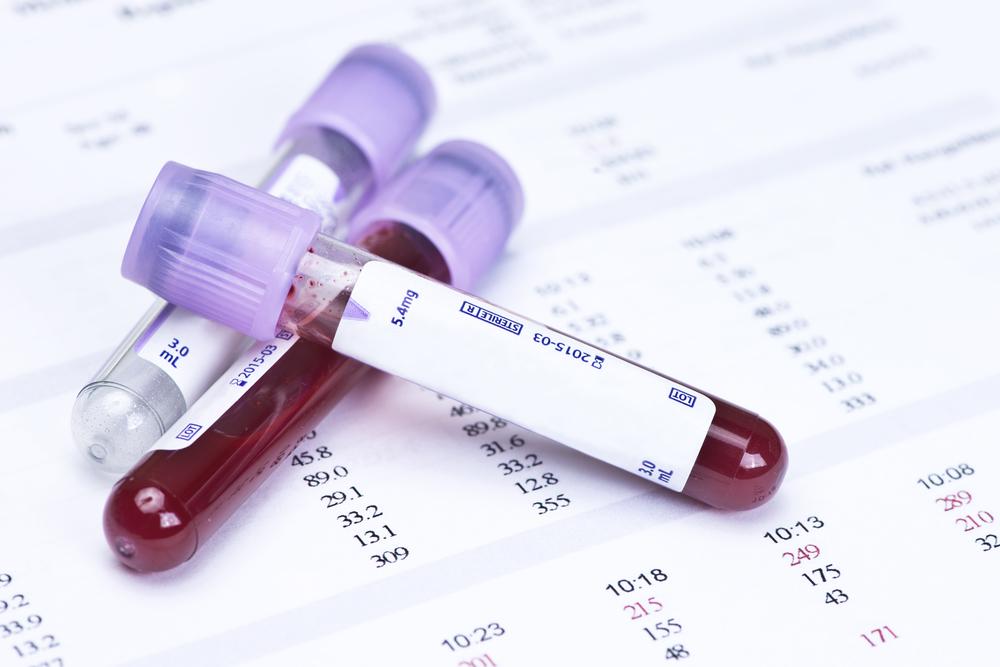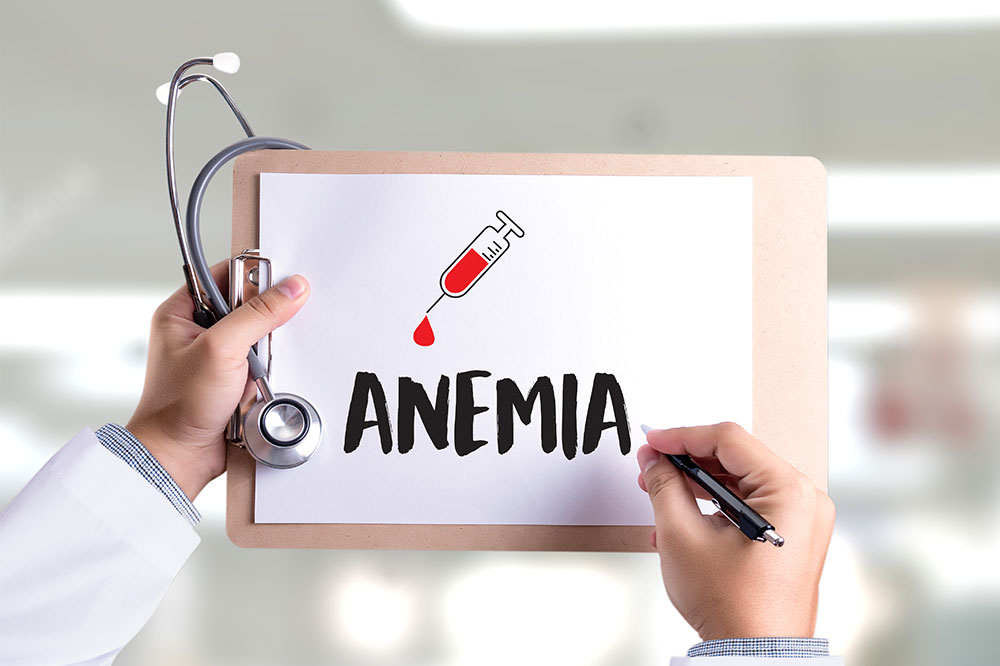Essential Blood Donations for Critical Health Conditions
This article highlights critical health conditions that necessitate blood donations, including trauma, anemia, blood disorders, and postpartum hemorrhage. It emphasizes the importance of donating blood to support patients facing severe medical challenges and emergencies. Understanding these conditions underscores the vital role of donation in saving lives worldwide and supports blood supply management across healthcare sectors.

Understanding When Blood Donation Is Most Needed
Annual blood transfusions serve vital roles in various medical treatments. Trauma and Major Surgeries
Emergencies such as severe accidents, including car crashes or natural disasters, often require extensive blood supplies. For instance, a major car accident victim may need approximately 100 pints (4.5 liters) of blood. Blood is also crucial for war injuries and complex surgeries involving significant blood loss.
Infection-Related Anemia
Some infections can diminish the body's ability to produce essential blood components, necessitating transfusions.
Blood Disorders and Conditions Requiring Donations
Anemia: Characterized by insufficient or abnormal hemoglobin, leading to fatigue and weakness. Severe cases often require blood transfusions to restore healthy red blood cells.
Iron-deficiency anemia: Transfusions provide immediate iron and red blood cells to temporarily improve symptoms, though additional treatment might be necessary for full recovery.
Aplastic anemia: Bone marrow failure reduces all blood cell production, making transfusions essential to control symptoms and prevent bleeding.
Chronic conditions causing anemia: Diseases like Crohn’s, lupus, or rheumatoid arthritis can lead to anemia, with transfusions offering relief from severe symptoms.
Thalassemia: Inherited primarily in Asian and African populations, this disorder requires regular transfusions to maintain healthy blood levels. Iron chelation therapy may also be needed to prevent overload.
Sickle cell disease: An inherited condition where abnormal hemoglobin shapes block blood flow. Transfusions help manage serious complications but do not cure the disease.
White blood cell disorders also necessitate transfusions in certain cases:
Lymphoma: Cancer affecting lymphatic tissues, impacting immune function.
Leukemia: Blood cancer involving excessive, abnormal white blood cells.
Multiple myeloma: Malignant plasma cells produce harmful proteins, requiring transfusions during treatment.
Myelodysplastic syndromes: Bone marrow fails to produce enough mature blood cells, often managed with red blood cell or platelet transfusions.
Platelet-related deficiencies include:
Thrombocytopenia: Low platelet count caused by conditions like heparin-induced thrombocytopenia, requiring transfusions during bleeding episodes.
Plasma disorders, such as:
Hemophilia: Inherited clotting factor deficiency, treated with plasma-derived clotting factor transfusions.
Von Willebrand disease: Protein deficiency impairing clot formation, managed through plasma products.
In cases of major blood loss
Significant blood loss occurs in several scenarios. Postpartum hemorrhage, with blood loss exceeding 500 mL after vaginal delivery or 1,000 mL after cesarean, remains a leading cause of transfusion needs worldwide. Proper management in developed areas has improved outcomes, but many regions still depend on transfusions to save lives.
Note: This content provides general medical insights based on current research. It is not a substitute for professional medical advice. Always consult healthcare providers for diagnosis and treatment options.


